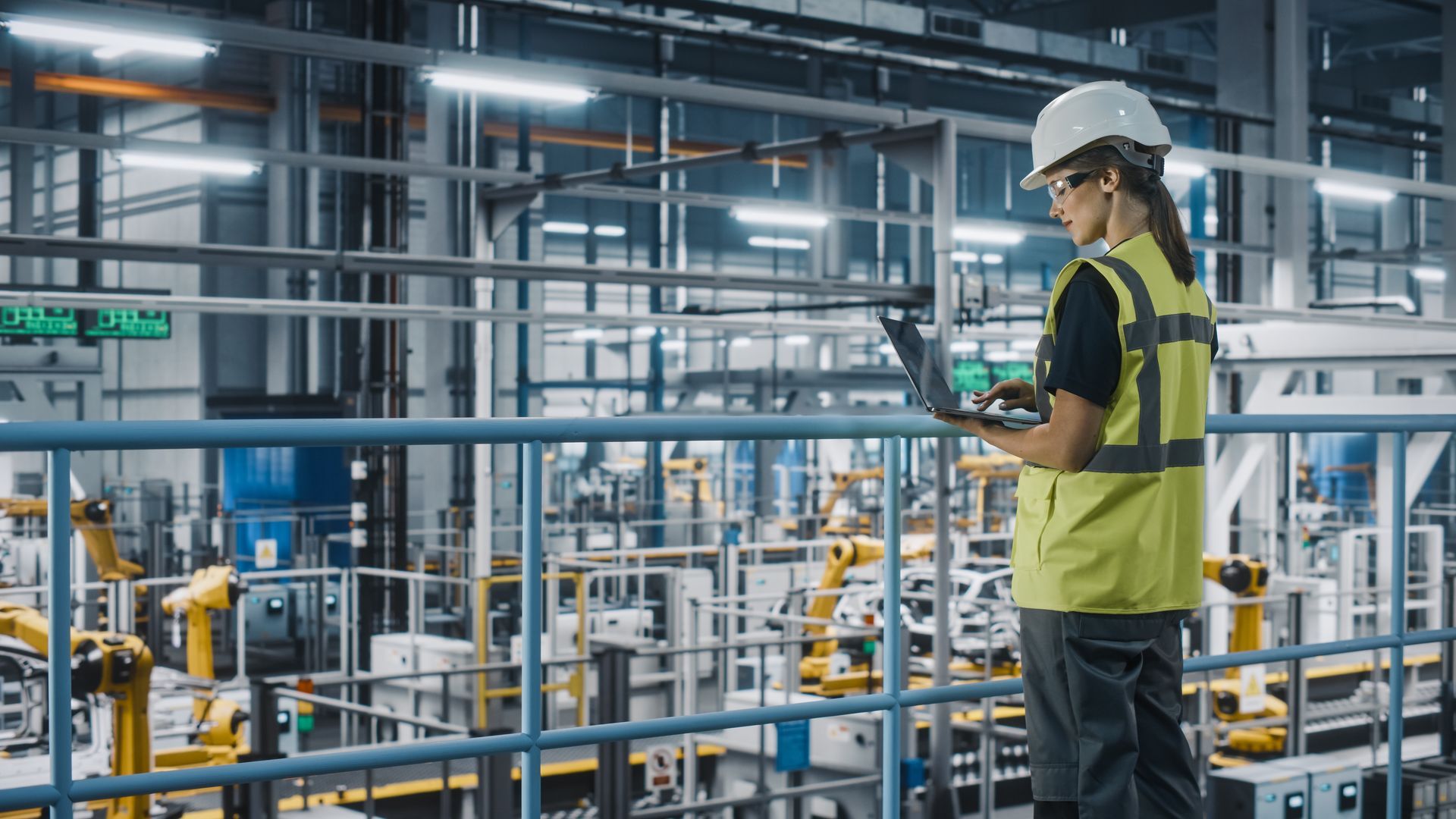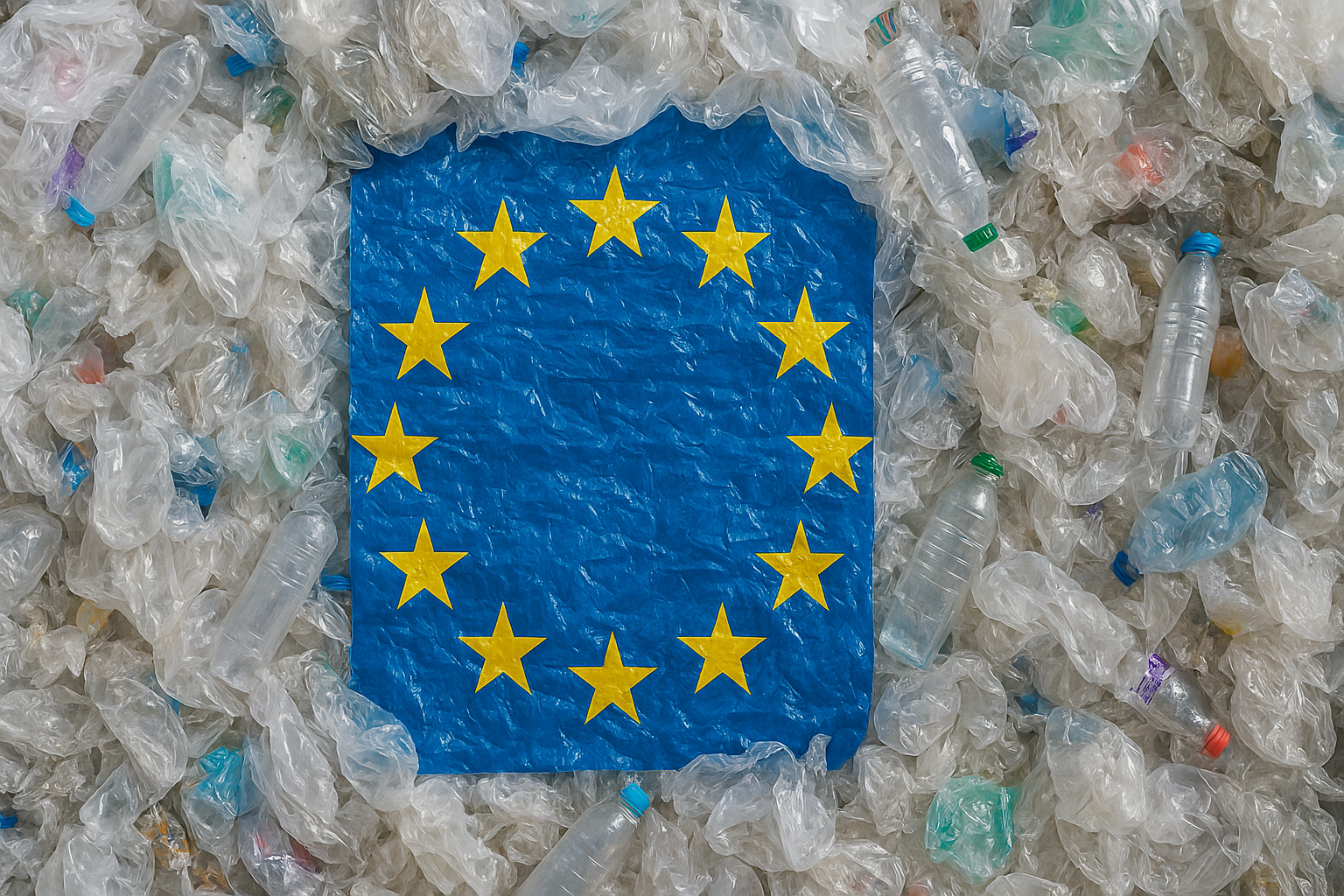Eco-nomics
Explaining the Circular Economy
The way we’ve produced, consumed, and discarded since the industrial revolution is for the most part, totally unsustainable. The evidence can be seen everywhere, from warming temperatures and waning fish stocks to the destruction of rainforests and depletion of fossil fuel supplies. The green transition we must all attempt is one which can seem, on the face of it, to require a lot from us with little reward to our bottom line, the staff we employ or even, have any tangible, measurable effect.
Though I’m not going to claim that implementing the circular model of production will solve all the issues business’ face today, considering its implications is certainly a good place to start. The circular model emphasises the need to collectively move away from the current model of production, one which requires we produce, consume, and discard without a thought for the end-of-life cycle of our products. Under its recommendations, we must rethink this linearity and instead subscribe to a circularity. We can think of this as committing ourselves to a total mindset change. We must recognise our environmental responsibility and account for the true impact of a good we produce. These considerations don’t just extend to our production lines, but to our supply chains too. Though in theory, this all sounds reasonable, how might a move towards the circular economy actually look?
The Circular Economy is best understood with reference to its 3 core principles- of waste elimination, product circulation and nature regeneration. Where productions models today sometimes even incentivise planned obsolescence, future models must eliminate waste, as in the face of growing global populations and insufficient waste management systems, recycling alone cannot possibly account for the increase in waste production forecasted if we don’t make a change. To put this into perspective, at our current rate, by 2040, the volume of plastic in the market will have doubled, the flow of plastic waste into the ocean will have tripled and ocean plastic stock will have quadrupled to 600,000,000. Some even suggest that by 2050, there could be more plastic in our oceans than fish. To prevent this, products instead must be circulated through the economy multiple times, and designed for durability, with reuse in mind.
Above this, it’s important we make an effort to undo some of the damage that’s already been inflicted on our planet, by regenerating nature through rewilding our towns, cities, and countryside’s, and protecting our oceans. This will not only increase biodiversity, preserving our natural world, but in creating carbon sinks and shoring up our ecological systems, we’re supporting the green transition itself.
The circular model of production has the potential to not only positively impact the environment and reduce emissions, but also carries with it important considerations for business, creating jobs and improving the resilience of supply chains. Whether its consumer pressure or moral conviction that leads you to consider switches to become more sustainable, perhaps the circular economy holds the answers for you. Often times, its not the tools that people lack to make sustainable choices, but instead the mindset that they approach problems with. So considering this, perhaps the circular economy sounds quite attractive to you, and you’re wondering what real steps can you take in order to make this future a reality?
At Sensize, we’re committed to supporting your green transition by providing you with feasible solutions to your supply chain problems. By investing in reusable packaging, you’re actively supporting the transition to the circular economy and designing out waste from your supply chains. Whatsmore, by ensuring your packaging is accounted for, through use of our tracking technology, we can enable you to cut overheads associated with missing packaging or lost shipments. With the use of our technology, you can ensure your packaging is cycled through your supply chain thousands of times, ensuring your investment in the circular economy does not only benefit the environment, but your business too.
References:
- https://ellenmacarthurfoundation.org/topics/circular-economy-introduction/overview
- https://ellenmacarthurfoundation.org/regenerate-nature
- https://ellenmacarthurfoundation.org/eliminate-waste-and-pollution
- https://ellenmacarthurfoundation.org/circulate-products-and-materials
- https://ellenmacarthurfoundation.org/topics/plastics/overview
- https://www.chathamhouse.org/2021/06/what-circular-economy
- https://www.circularity-gap.world/2021
- https://www.ilo.org/wcmsp5/groups/public/---ed_emp/---ifp_skills/documents/publication/wcms_709121.pdf
- https://www.zerowastescotland.org.uk/circular-economy/about
- https://green-alliance.org.uk/project/circular-economy/

Share this post by clicking below...









